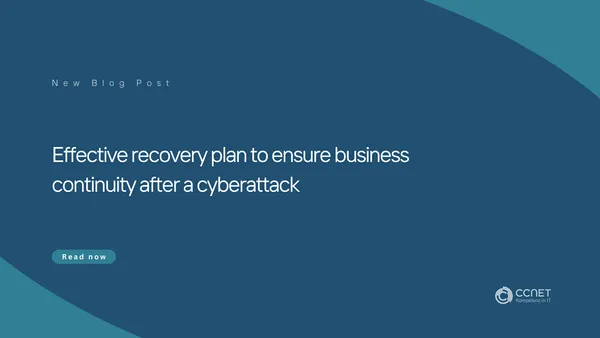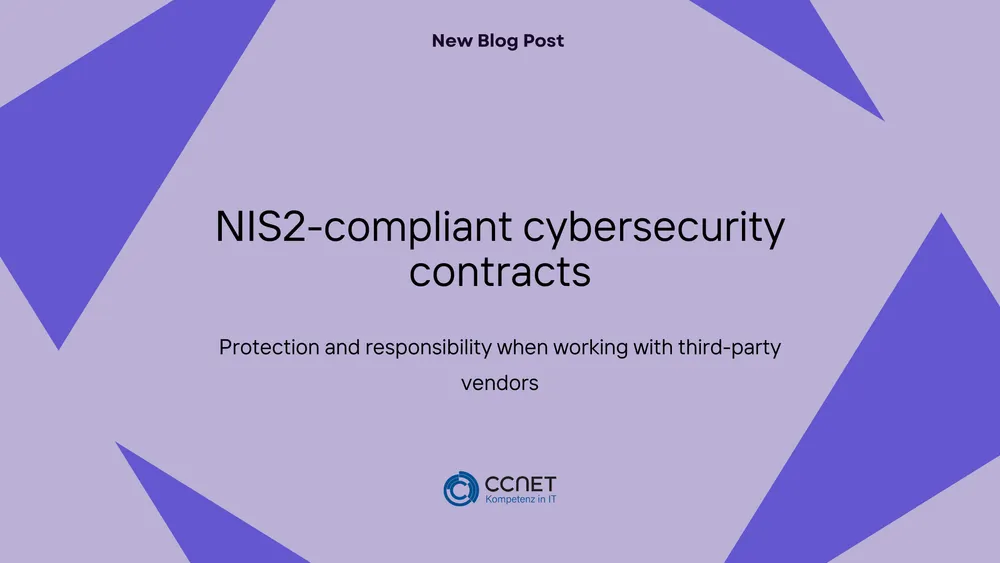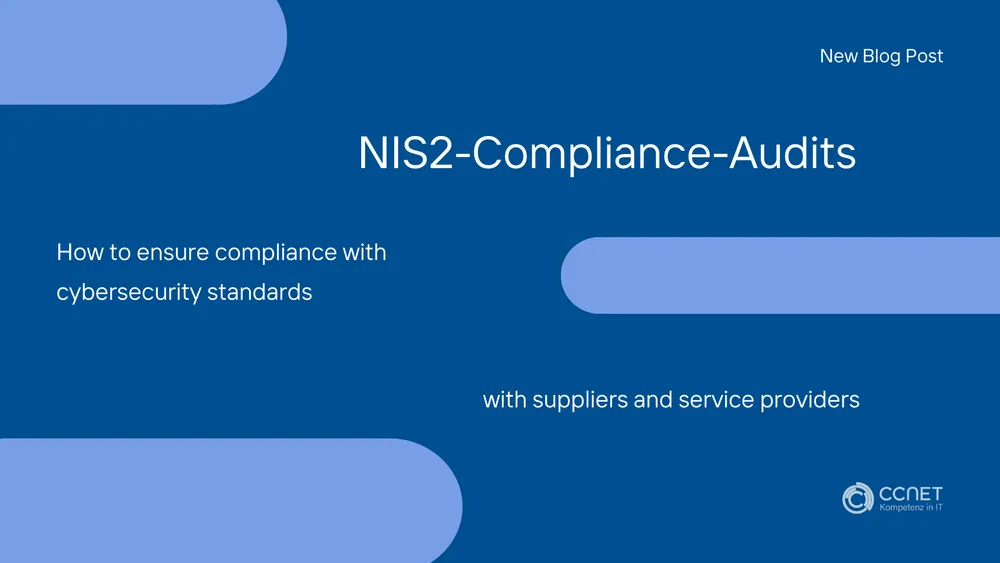
CCNet
Mar 12, 2025 • 1 min read

Effective recovery plan to ensure business continuity after a cyberattack
Effective Recovery Plan to Secure Business Operations After a Cyberattack
A comprehensive recovery plan is essential for quickly restoring business operations after a security incident. The primary goal is to rapidly and securely restore affected IT systems and data while maintaining the integrity and confidentiality of the information.
Initial Assessment and Damage Control
Initially, an initial assessment and damage control phase occurs. Affected systems are immediately disconnected from the network to prevent further spread of the incident. An initial evaluation helps to determine the extent of the damage, and critical systems and data are prioritized accordingly.
Data and System Recovery
In the data recovery step, the latest available backups of the affected data are identified, and their integrity is verified. Once the backups are deemed secure, recovery is performed in a protected environment. The system recovery focuses on restoring the operating systems and applications of the affected servers and workstations from system images or installation media. All necessary updates are installed to close security gaps. A thorough configuration review ensures that all systems operate according to security policies and are correctly configured.
Validation and Communication
Validation is an important step where an integrity check ensures that the restored data is consistent and not corrupted. After that, key users perform tests to confirm the functionality and data integrity before the systems are released. Throughout the process, there is communication with stakeholders to keep management and other affected parties informed about the status of the recovery. A completion report documents all steps, issues encountered, and recommended improvements.
Post-Processing and Training
In the post-processing phase, an analysis is conducted to evaluate the recovery process and identify potential improvements. Training for IT staff ensures that the knowledge gained during the process is utilized for future incidents.
Conclusion
An effective recovery plan not only provides the necessary security but also ensures that companies can quickly resume their operational activities after a cyberattack. Ultimately, the recovery plan is regularly reviewed and adapted to new threats and technological developments to ensure the continuous improvement of measures.


